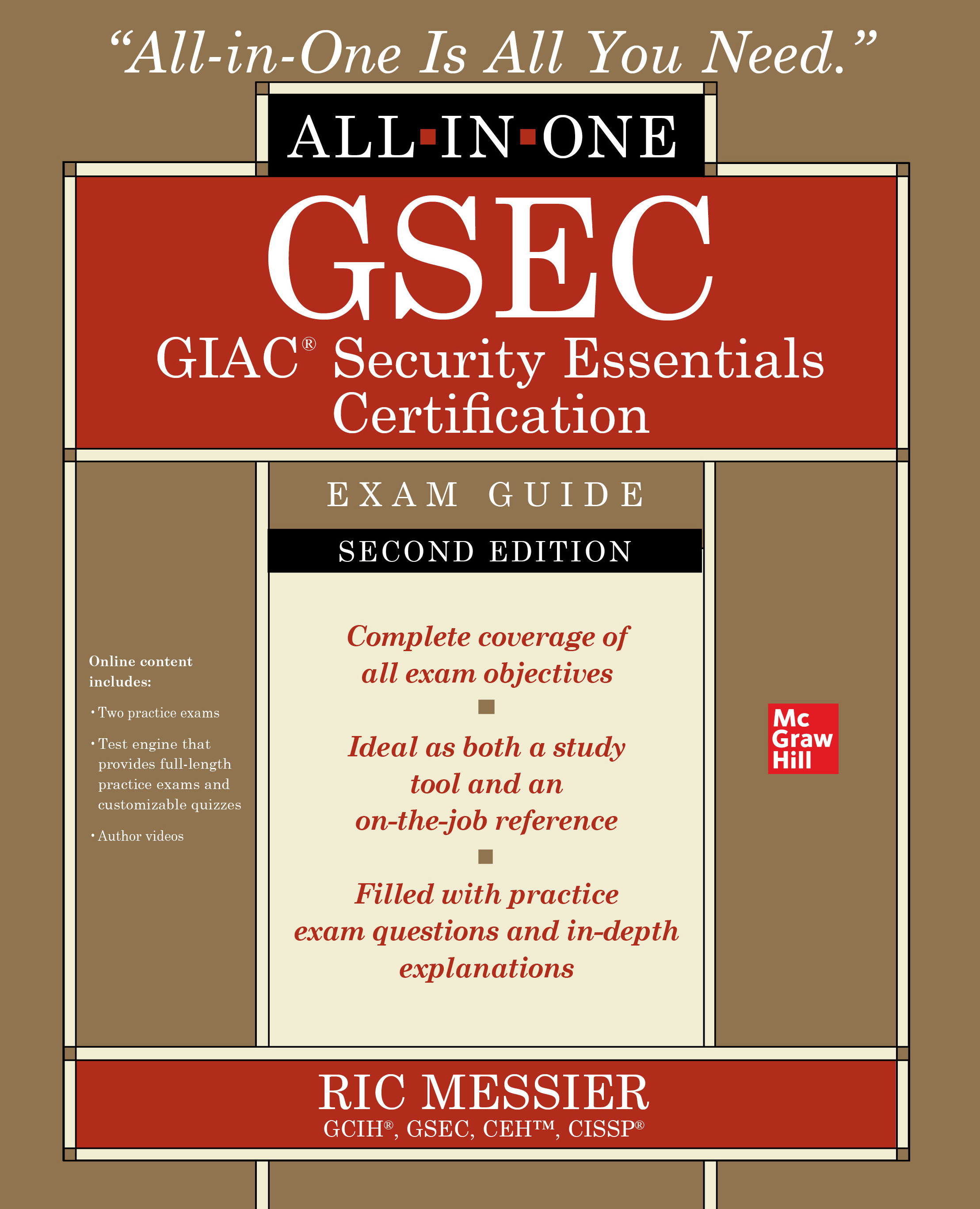News events in recent months, such as shootings at office buildings, college campuses and the tragedy at Newtown, Conn., have renewed interest in visitor management across the board.
Concerned end users have found many ways to prioritize visitor management and provide accountability for the people within their facilities. As security has gotten more sophisticated at all levels, visitor management systems have followed suit. Today’s systems generally offer greater accountability and tracking of the visitor, along with the ability to connect to a variety of outside databases.
SDM recently spoke with three integrators who have a variety of experience with visitor management systems.
“We are a 41-year-old identification solutions company,” says Matt Buydos, director of sales, Elliott Data Systems Inc., Chesterfield, Mo. “Traditionally that meant an ID badge, but the missing link was always the people coming on or off the property that they couldn’t account for. With visitor management systems, our customers can have a global view of what is going on around their facilities.”
Buydos says visitor management systems currently make up a small portion of their overall business (less than 10 percent) but sees both interest and financial commitment rising in certain markets.
Legend ID of Kent, Wash., has been selling visitor management systems for about 10 years now, says Rick Lusignan, business development manager. Today, visitor management systems make up close to 50 percent of its business.
“Probably 60 percent of our systems are standalone visitor management systems, with the remaining integrating to an access control system,” Lusignan says. “What often drives that decision is whether the customer wants to be able to issue approved vendors an access control card as their visitor tag.”
Jay Slaughterbeck, managing partner, Strategic Security Solutions, Raleigh, N.C., chose a visitor management system specifically to integrate with the access control system the company offers. The company expects visitor management to become a significant part of its overall business, but is still in the beginning stages of implementing it.
“To be honest we probably have five or six users who are looking at and evaluating visitor management right now. We are literally on a ramp up here with this technology.”
SDM: What end users are looking at visitor management now and which features and functions are they most interested in?
Slaughterbeck: “We are frequently asked about checking against backgrounds from a database. What is the standard enrollment process? How will the system benefit me and how does it make my life simpler? Many of our customers are now being audited and need to give more detailed information on visitors. Having all that information in a centralized database is very attractive to them.”
Lusignan: “K-12 is one of our most active markets right now for visitor management, so they want sex offender and background checks. The interesting thing is that when you start looking at this market, out of the 20 schools we have visited in the past month and a half, there wasn’t a single school that didn’t think they needed this, but they weren’t sure where they would find the money.”
Buydos: “There has always been interest in visitor management. Over the past few years we have sent a lot of proposals. In the K-12 market specifically, it wasn’t that schools weren’t interested before, but now everyone is re-prioritizing. A lot of them are now moving forward with implementing systems. Even outside of the education market, recent events have caused organizations to evaluate how they are protecting their buildings. For any client, often the banned list is very important. They are also asking how to protect the security of data inside of the system. Can they restrict access to the reports and database? Can they see a historical log of how many times a person has been inside the facility? If they know someone is coming into the building can they pre-register that individual?
“Whether it is about school shootings or weather emergencies, more and more customers want to be accountable for who is inside their building. An access control system can tell who the employees are but not the visitors. All businesses are trying to be accountable for a variety of reasons.”
SDM: What is your company’s approach to selling visitor management systems?
Slaughterbeck: “I get in front of a lot of customers. Very frequently I am using a paper log to sign in to their facilities. Any time I see that paper book I look at it as an opportunity to sell visitor management, because there is an easier way for them to do things. I see a lot of our access control customer base as potential candidates for it because the systems we support all integrate. But it is a lengthy sales process. They have to alter the way they are doing things internally. Visitor management is not something they have to have. It is more of a convenience factor to simplify the organization.”
Lusignan: “Our main sales model is to utilize the existing customer base we already have in place. We find that is the road of least resistance. They already have something of ours, know us well and trust us. We approach them and ask them what they are doing about securing their facility in regards to visitors.
We also probably have the least amount of challenges compared to our competition because we have a full visitor management product range from entry-level to high-end. If we didn’t have the lower-end and mid-range solutions we might have difficulty pushing the high-end solution on all the deals we run into out there.”
Buydos: “With all products we offer we like to give our customers options. We like to lay out the product features and differences. Every time we have a foot in the door already, it is an easier way to talk about visitor management. But visitor management software has also been a way for us to get our foot in door where we haven’t had success in selling before. More companies today are concerned about knowing who is inside their building. With so much emphasis in the media about identity security, electronic visitor management systems offer another way for companies to protect information about who is coming into their building.”
SDM: What elements in your design, installation and follow-up do you feel help make your company more valuable to the customer?
Buydos: “As part of our implementation process we sit down with each customer and go over what their goals are, and what type of data they want to integrate. We then work with those third-party companies to talk about how the data synchronization will take place. It is important to know if an organization wants instantaneous data integration or a daily upload. When it comes to implementing it, we provide administrator and user training. We work with them to determine security levels and access rights.
“As far as ongoing support, all the manufacturers we represent offer software upgrades. We also offer onsite preventative maintenance contracts that are more hardware centric. We do onsite services in addition to software maintenance agreements, as well. It truly is preventative maintenance, not just a service contract. We come out and clean scanners to make sure they will read accurately. While it is optional, most times customers renew those agreements. One of the downfalls to electronic visitor management is it can slow that check-in a bit because it is now about verifying data — not just data input. We make sure the hardware and readers are operating efficiently and don’t create further bottleneck in that process.”
Slaughterbeck: “We plan on offering training. Our goal is to spend as much time with our customers as required to make them self sufficient. I feel like this is a service offering that we are able to offer our customers to create an easier interface to their operation.”
Lusignan: “Visitor management systems have the ability to take data imports from multiple systems. Learning how to configure those imports and set them up on a schedule on a regular basis was probably one of the more complex parts of it for us to learn.
“Most of these products can be purchased from the Internet. Our biggest value to our customer is we are local, offer onsite installation and training, and offer a variety of service and support for customers, which is a big part of our revenue as well. These are in the form of annual software maintenance and hardware maintenance agreements.”
SDM: Where do you think visitor management technology is heading in the future?
Slaughterbeck: “Much like ‘snail mail’ going to email, the ability to log and maintain logs of visitors within a centrally managed database with the convenience of pre -registration will continue to gain popularity. I see it taking over the paper that we are accustomed to.”
Buydos: “Almost everybody today has some sort of app loaded onto a smart device. I see that being beneficial for visitor management in terms of the ability to access reports from anywhere around the world. If a facilities manager is on vacation halfway around the world, they would have the ability to do that with cloud- or server-based systems.”
Lusignan: “With the acceleration of smart devices and phones, and the cost effectiveness and application of them, it seems like there is a movement to visitor management being more related to those devices. It will give the customer quite of bit of mobile flexibility. Currently you have the main enrollment system typically at the front desk lobby. Usually a wireless environment is required. That is where a big change will occur with smart devices and applications that can be accessed from the Internet. It will really open up the door for making these products cost effective and mobile. Our industry has been about the traditional workstation-based software and expensive hand-held computer devices. Smart devices will eliminate that expense and make it absolutely mobile, whether a customer is in building or off site.
“In our market in general, software-as-a-service (SaaS) products also seem to be picking up interest, because the customer doesn’t have to use internal resources to manage the product. I think we will see an increase of interest in those types of solutions for the visitor management market as well. That might be where things will head in the future.”








